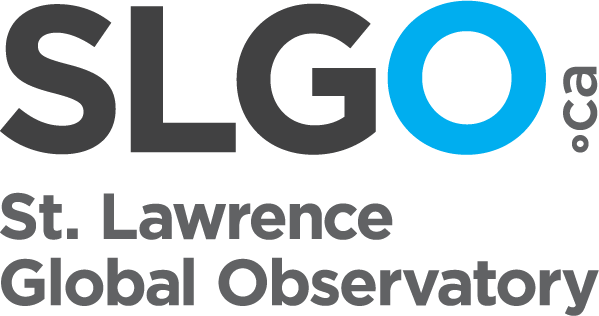This data was collected between 2018 and 2020 at 8 sample sites around Placentia Bay and consists of two data types: (1) Shoreline surface debris (SSD), and (2) Shoreline buried debris (SBD). With the exception of two sample sites, which were only visited once, in the first year of monitoring, frequency of sampling varied between daily, monthly or seasonally depending on the sample site, and was reduced to half-effort sampling in year 2.
In an effort to understand the importance of shoreline substrate and environmental factors at play on rocky shorelines, sediment type, stranded seaweed (wrack) cover, and the presence of snow and ice were recorded and carefully monitored in both datasets. SSD surveys identified debris visible on the shoreline surface from standing height, down to a lower size limit of 2cm. SBD surveys employed sample quadrats to remove sediment and wrack samples from the shoreline, down to a depth of ~5cm. Marine debris down to a lower size limit of 1mm was extracted from these samples using a combination of visual separation and seawater floatation protocols. For SSD data, debris abundance, density, and source category information were recorded. For SBD data, debris abundance, density, source category, size, and colour information were recorded.
This project is part of Fisheries and Oceans Canada's Coastal Environmental Baseline Program.

